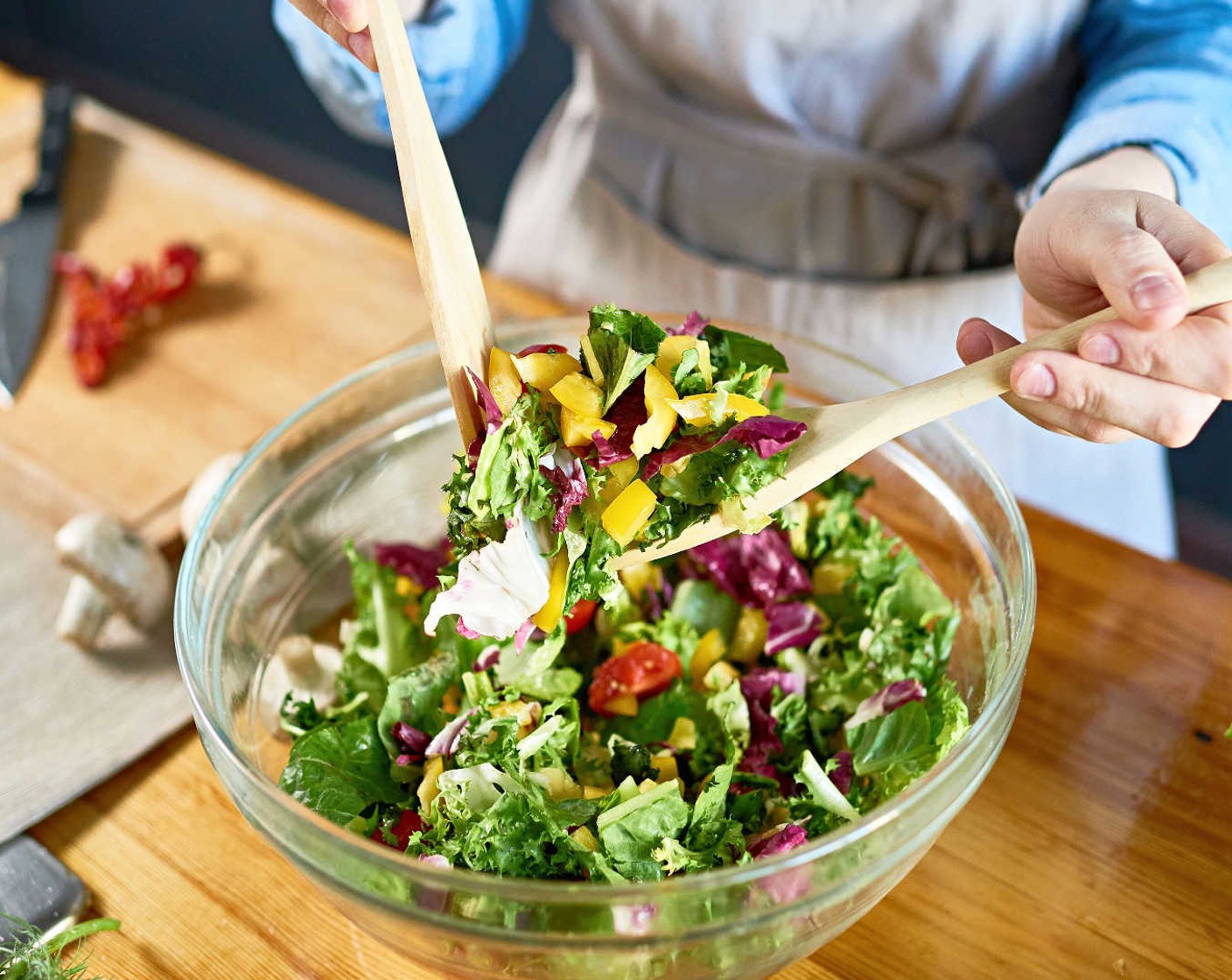Whether you’re trying to lose weight, fuel your workouts, or simply make healthier eating choices, finding the right balance between low-calorie and high-protein foods is essential. This guide covers everything from the best low-calorie foods to energy-dense options and protein-packed meals that keep you full.

Low-Calorie Foods That Fill You Up
When it comes to weight loss, low-calorie foods that are also filling can make the journey much easier. Foods like cucumbers, zucchini, leafy greens, and celery are perfect examples of low dense calorie foods. Pair these with high-protein options like chicken breast or tofu to create satisfying meals. Fruits with the least calories, such as watermelon and strawberries, make excellent snacks that satisfy cravings without adding many calories.
Some of the best low-calorie recipes for lunch include:
– Grilled chicken salad with leafy greens and vinaigrette.
– Zucchini noodles with lean turkey meatballs.
– Low-fat Greek yogurt with berries and chia seeds.
The Role of Energy Density in Food
Energy density refers to the number of calories in a given weight of food. Low energy dense foods, such as vegetables and broth-based soups, allow you to eat larger portions while consuming fewer calories. In contrast, high-energy dense foods like nuts and cheese are calorie-packed but small in volume.
Examples of low energy dense foods:
– Vegetables: Spinach, carrots, and cauliflower.
– Fruits: Melons, oranges, and berries.
– Soups: Broth-based soups with lean proteins and vegetables.
For those aiming to gain weight or boost energy, include energy-dense foods like avocados, full-fat dairy, and nut butters in your diet.
High-Protein, Low-Calorie Foods
Protein is a cornerstone of a healthy diet, especially when you’re trying to lose fat or maintain muscle. Lean protein sources like egg whites, fish, and chicken are excellent for creating high-protein, low-calorie meals. Vegetarian options such as lentils, tofu, and edamame are equally effective.
Some high-protein, low-calorie recipes include:
– Baked salmon with steamed asparagus.
– Lentil and spinach soup.
– Cottage cheese with sliced peaches and almonds.
Low-Calorie Fruits and Vegetables
Incorporating low-calorie fruits and vegetables can enhance your meals while keeping calories in check. Lowest calorie fruits like watermelon, grapefruit, and strawberries provide natural sweetness. Vegetables low in calories, such as broccoli and zucchini, add bulk to meals, making them more filling.
Try these combinations for quick, healthy snacks:
– Celery sticks with a small amount of peanut butter.
– A bowl of mixed berries with a dollop of low-fat Greek yogurt.
– Roasted cauliflower seasoned with turmeric and cumin.
Filling Low-Calorie Foods for Long-Lasting Satiety
Foods that combine fiber, water content, and protein are the best for staying full. Low-calorie but filling foods** include oats, quinoa, and legumes. Pair these with healthy fats in moderation, like avocados or a small handful of nuts, for balanced meals.
How to Lose Fat with a High-Protein Diet
Losing fat often involves creating a calorie deficit, and high-protein diets can help maintain muscle mass while shedding fat. The easiest way to lose weight is to combine lean proteins, low-fat foods, and low-calorie healthy meals with regular exercise.
Here’s a simple fat-loss meal plan:
Breakfast: Egg white scramble with spinach and a slice of whole-grain toast.
Lunch: Grilled chicken wrap with lettuce, tomatoes, and hummus.
Dinner: Grilled salmon with a side of roasted Brussels sprouts.
Snacks: Greek yogurt, apple slices, or hard-boiled eggs.
Conclusion:
Eating a variety of low-calorie, high-protein foods is the key to achieving your fitness and weight loss goals. Focus on low dense calorie foods, incorporate plenty of vegetables and lean proteins, and ensure your meals are balanced and satisfying. Remember, the best diet is one you can stick to in the long run!
Leave a Reply